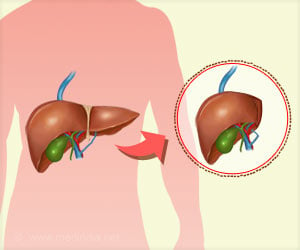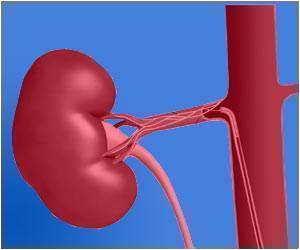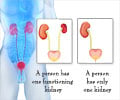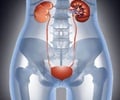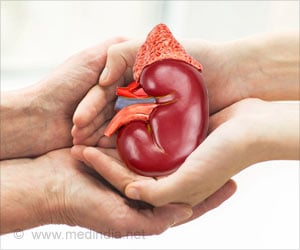Baby Parvathy, who was first diagnosed with a chronic kidney problem, had to undergo a combined liver and kidney transplantation.
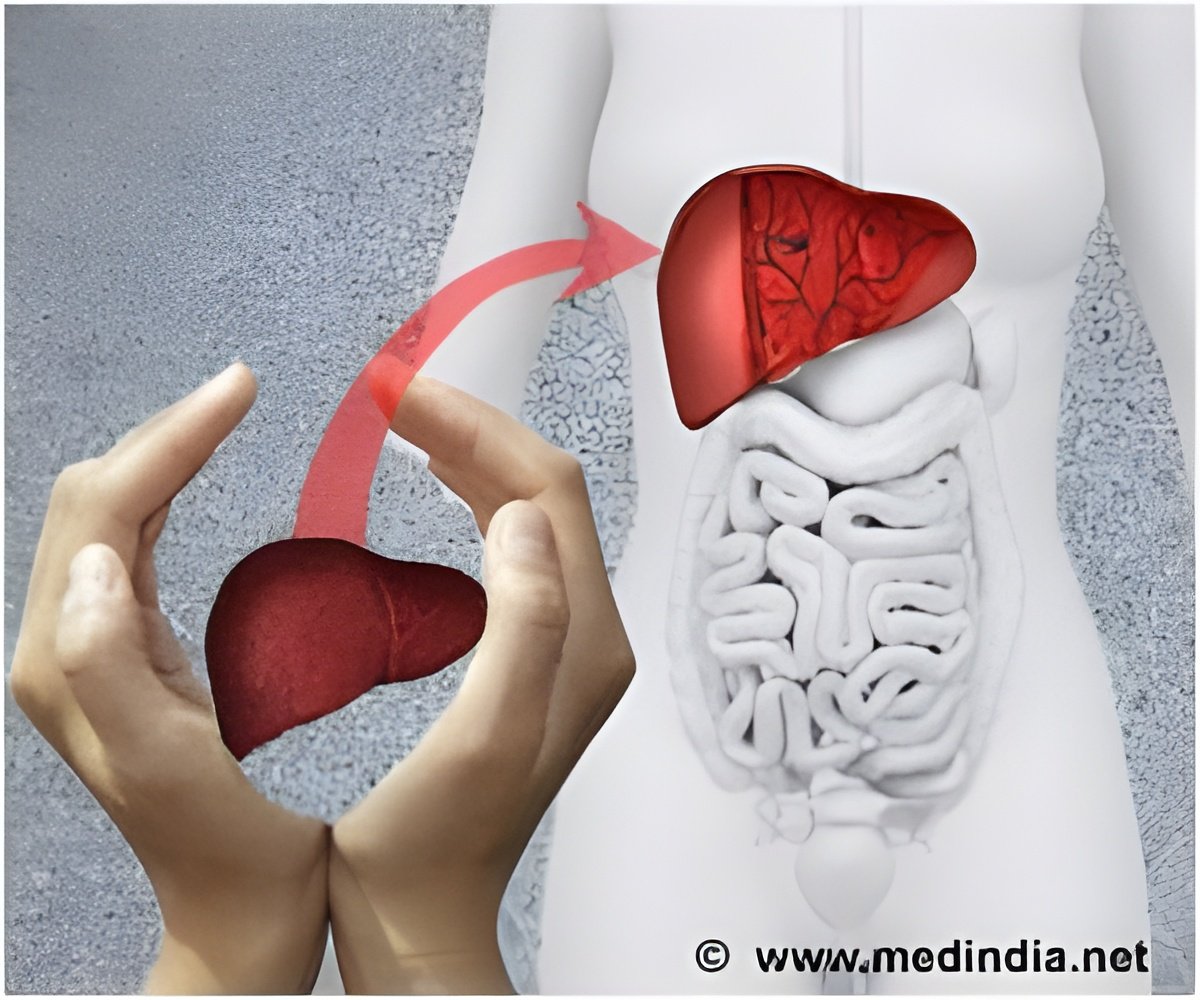
‘A dual live-donor liver and kidney transplant surgery has been performed in a 20-month-old girl suffering from Primary Hyperoxaluria Type 1, a chronic kidney problem.’





This is the first time in the world that a dual live-donor liver and kidney transplant surgery has been performed in such a small child, said Mathew Jacob, Consultant Liver and Abdominal Multi-Organ Transplant Surgeon at Aster Medcity, Kochi, Kerala. Baby Parvathy was first diagnosed with a chronic kidney problem when she was just three months old.
The doctors determined that the only treatment option for Parvathy was a combined liver and kidney transplantation.
Parvathy was put on an intense nutritional rehabilitation program to attain a pre-transplant weight of 10 kilograms, along with dialysis.
However, she stopped gaining weight due to multiple complications, which posed a major challenge for the surgery, as children less than 10 kilograms do not have adequate space to accept an adult kidney.
Advertisement
Her father and grandmother were identified as the liver and kidney donors, respectively.
Advertisement
Post surgery, Parvathy stayed for 51 days in the hospital and recovered well and started gaining weight, according to the doctors.
Source-IANS


